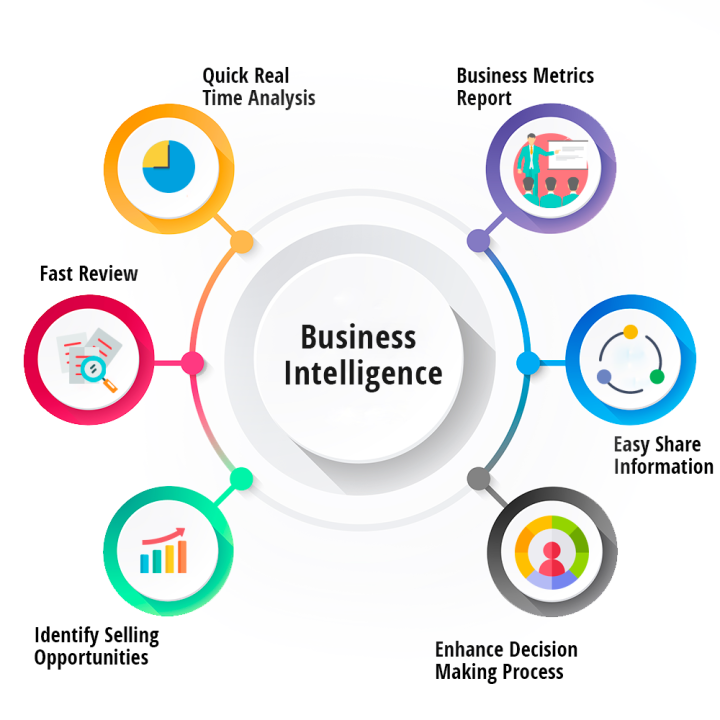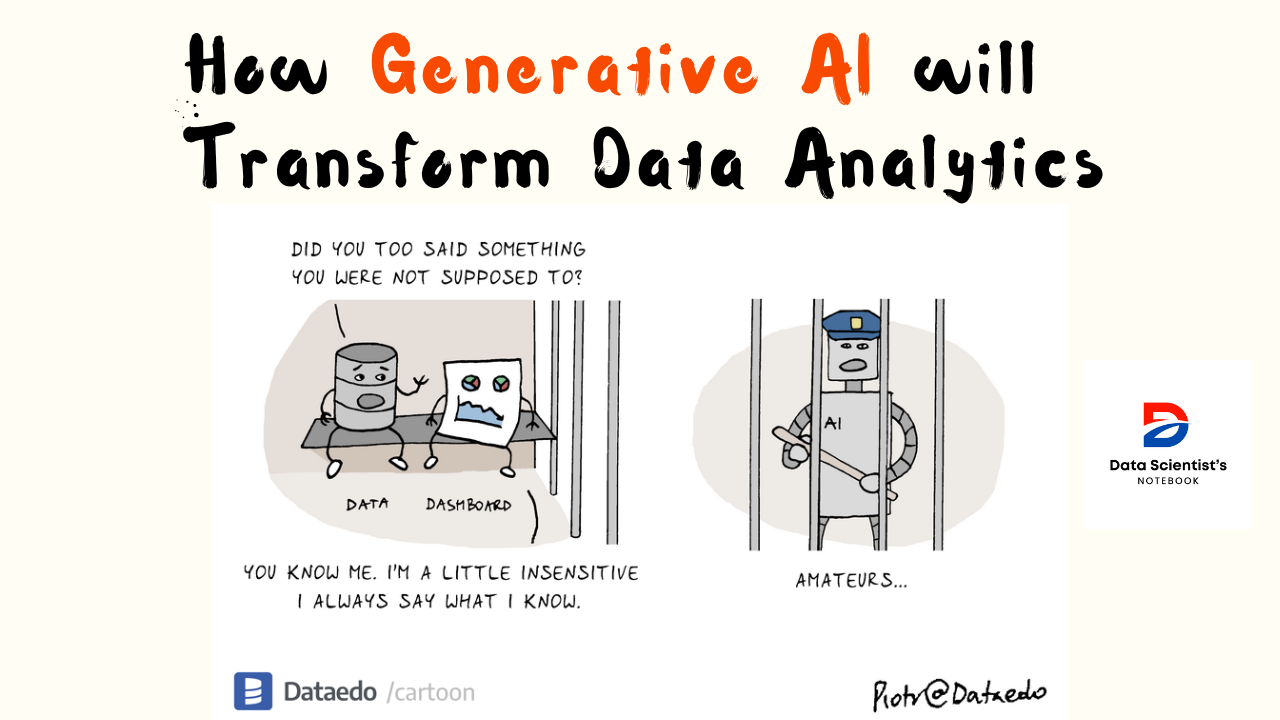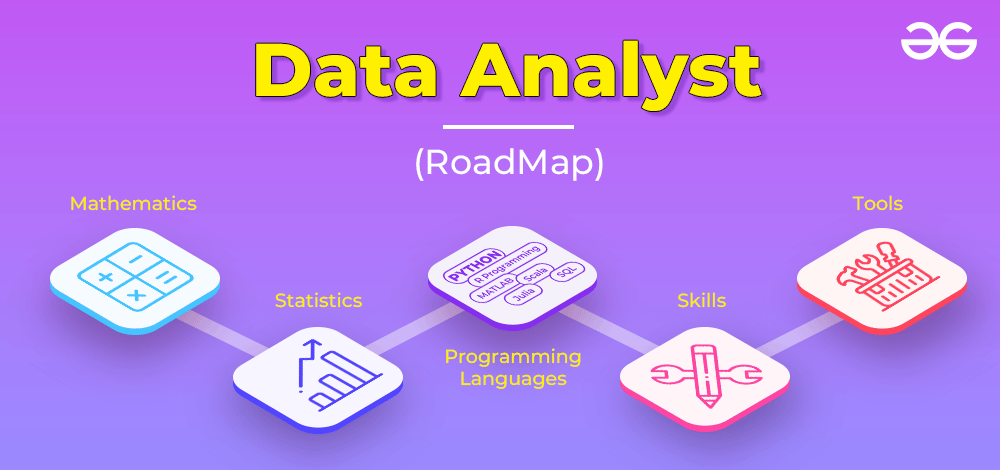SQL Is the Hero Again: How AI Is Breathing New Life into an Old Language
- Jul 28, 2025
- Data Analytics
- 302 Views
By Varshhaa
For years, SQL (Structured Query Language) has been considered the reliable but unglamorous backbone of data analytics. It powered dashboards, ran reports, and sat quietly behind BI tools—doing its job without fanfare. But in 2025, SQL is having a full-blown renaissance.
Thanks to generative AI, smart data platforms, and new real-time engines, SQL is no longer a skill reserved for analysts and engineers. It’s becoming interactive, conversational, and accessible—and in many cases, it’s embedded right into the tools business users are already using. SQL is no longer just a backend query language; it’s evolving into a front-row player in how decisions are made.
AI-Augmented SQL: From Prompt to Query in Seconds
One of the biggest drivers of SQL’s resurgence is generative AI. Tools like ChatGPT, Power BI Copilot, ThoughtSpot Sage, and dbt Cloud’s AI Assistant can now translate natural language questions directly into working SQL queries. Instead of remembering syntax or referencing documentation, you can simply type: “Show me the top 5 customers by revenue last quarter,” and the assistant will output a clean, correct SQL statement ready to run.
These assistants go beyond just translation. They can optimise queries, suggest additional filters, explain what the code is doing, and even surface related insights automatically. Suddenly, users who were once reliant on analysts to write queries for them can self-serve, explore data faster, and make decisions without technical delays.
SQL in Conversations: Contextual and Collaborative
Another reason SQL is trending again is the rise of conversational analytics platforms like Hex, Mode, and ThoughtSpot, which integrate SQL into interactive environments. These tools make it easy to blend narrative, analysis, and code—all in one place.
In Hex, for instance, you can write SQL blocks alongside markdown explanations, use AI to suggest the next query, and share live notebooks with your team. ThoughtSpot goes even further, allowing business users to ask plain-English questions directly in Slack and receive automated answers, powered by SQL under the hood. This kind of real-time, contextual querying reduces back-and-forth between business and data teams and replaces static dashboards with living, breathing analysis sessions.
The Rise of Local, Embedded SQL Engines
While SQL traditionally ran on large-scale databases or cloud warehouses, 2025 has ushered in a new generation of lightweight, local SQL engines. DuckDB is the most prominent example—a fast, in-memory SQL engine designed for analytics workloads that runs right on your laptop. It doesn’t require a server, it handles CSVs, Parquet, and Arrow files natively, and it can be embedded inside Python notebooks or data apps.
This shift is a game-changer. You no longer need a cloud warehouse or an ETL pipeline just to run a query. With DuckDB, you can run serious analytics workflows on your machine, with SQL that feels instant. Tools like MotherDuck build on this, offering hybrid cloud-local capabilities and team collaboration without enterprise-level infrastructure. For analysts, data scientists, and developers alike, this means speed, flexibility, and fewer blockers to getting insights.
SQL + AI = The Next Evolution of BI
We’re also seeing SQL take on a central role in next-gen business intelligence platforms. Tools like Power BI Copilot, Tableau Pulse, and Sigma Computing use SQL as their logic engine, but layer AI and automation on top to deliver proactive, context-aware insights.
Instead of digging into dashboards, users are now receiving alerts like: “Sales dropped 18% in the South region due to fewer electronics orders.” That insight was generated in real time using SQL queries, layered with AI analysis, and delivered through tools people already use—like Slack, Teams, or email. This means decision-making isn’t delayed until someone opens a dashboard—it happens when and where it matters.
What This Means for Data Teams
The rise of AI-augmented SQL is shifting the role of the data team. Analysts are no longer just query writers—they’re strategic advisors building reusable logic, maintaining semantic layers, and enabling self-service exploration across the organisation. Engineers are optimising how data flows into these tools, ensuring the underlying structure is robust enough to support smart automation.
Meanwhile, business users are gaining confidence in interacting with data directly. With AI writing queries and SQL engines becoming more user-friendly, the line between technical and non-technical roles is blurring. The future of analytics is more collaborative, more responsive, and more human-centred—and SQL is right at the heart of it.
Final Thoughts: SQL Isn’t Dead—It’s Just Getting Smarter
SQL is not only still relevant in 2025—it’s more powerful and widespread than ever. With AI taking care of the heavy lifting, new interfaces making it easier to explore data, and local engines making analysis lightning fast, SQL is finally accessible to everyone from analysts to execs.
If you haven’t revisited SQL in a while, this is the perfect time. Whether you're learning it for the first time or rediscovering it through AI, you’ll find that it’s more flexible, more conversational, and frankly—more fun—than ever before.
So yes, SQL is the hero again. And it’s not just back—it’s leading the charge into a smarter, faster, AI-first analytics future.






